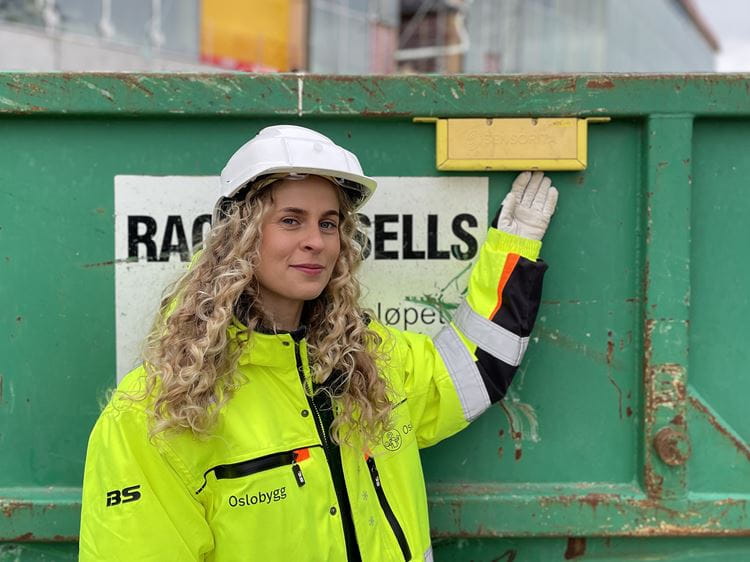Norwegian company Sensorita has launched a smart waste management solution designed for businesses that maintain and collect waste containers. The ‘Sensor1’ uses radar technology based on research from the Norwegian University of Life Sciences to assess the fill levels and contents of large waste receptacles. This data is then processed on the Sensorita Cloud platform to assist in the management and collection of these containers.
“The problem that waste companies have is that once a container is placed with a customer, it essentially becomes invisible,” says Ulrikke Lien, CEO at Sensorita. “Customers move them, dispose of different waste than agreed, and the waste company has no idea how full it is or when it should be picked up. This creates problems for logistics and production planning, not to mention increased CO2 emissions from unnecessary pickups.
“Sensorita solves this problem by providing a rugged sensor with radar and GPS that can be retrofitted to existing containers. This sensor takes radar images of the inside of the container multiple times per hour, which are then sent to the Sensorita Cloud platform for analysis. Our machine learning [ML] algorithms are trained on millions of radar images, and are able to estimate how full the receptacle is and the main material type it contains.”
Reliable asset tracking
The Sensor1 is powered by the Nordic Semiconductor's
nRF9160 SiP, using its 64 MHz Arm® Cortex®-M33 processor to oversee the imaging process. Additionally, the nRF9160 SiP employs a combination of cellular network location data and GNSS trilateration to record the precise location of each container. This data is then transmitted to the Sensorita Cloud platform through the versatile LTE-M/NB-IoT modem integrated into the Nordic SiP.
This platform then uses advanced ML algorithms to analyze the data, calculating fill levels and predicting optimal emptying schedules, offering notifications, status updates, and integration with route planning tools. It also provides the container ID, location, customer specifics, bin type, and waste categorization.
Maximizing battery life
The sensor uses a Li-SoCl2 battery, which was selected to try and match the lifetime of the waste container itself, even under harsh conditions. The class leading power consumption of the nRF9160 SiP helps maximize this battery life, thanks to the support for both PSM and eDRX power-saving modes, enabling the SiP to sleep for longer periods to conserve battery. For both LTE-M and NB-IoT the PSM floor current is as low as 2.7 µA, and with an eDRX interval of 655 s the average current is 6 µA for LTE-M and 9 µA for NB-IoT.
“To expedite application development, we used the nRF Connect Software Development Kit, which was a valuable resource, particularly for developers who are unfamiliar with firmware development,” says Lien.
“We chose the nRF9160 SiP because we were looking for a completely integrated SiP that had an LTE-M module, low power consumption, and quality sleep modes. Additionally, the extensive technical documentation and excellent support were also major factors to deciding on Nordic Semiconductor as a supplier.”

